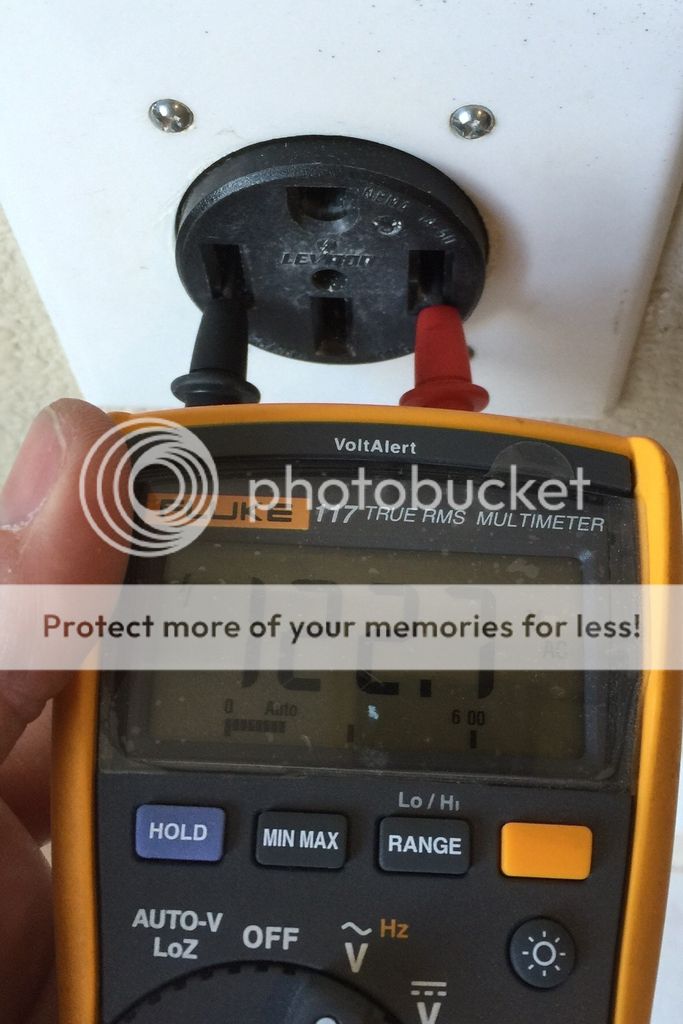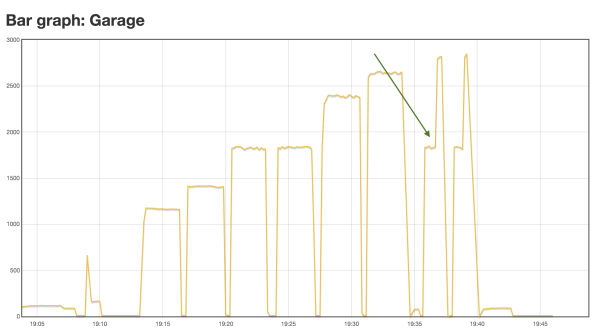TonyWilliams said:
Not really. You dismissed Tomasz' observations opining that he probably "didn't actually measure anything". Then you post a set of ridiculous measurements that you should have double-checked before posting. Then Tomasz posts a graph of the measurements that you didn't think he made. Tomasz' measurements are certainly looking more convincing than yours until you can explain them. Either your JESLA is ignoring the i3's pilot signal which specifies 8 (Low), 10 (Reduced), and 12 (Max) amps at Level 1, or your measurements are bogus for some reason that should have made you suspicious enough to investigate them further before posting. But your disdain of the i3 in favor of anything with a Tesla drive system (e.g., Model S, RAV4 EV, MB B Class EV) is well-known in this and other i3 forums, so you seem to take particular pleasure putting down the i3 in any way you can. This certainly isn't the best way to sell your products to i3 owners.
You obviously do many good things in real life, but you really need to think about how you express yourself in writing before posting because you come across as rather pompous at times.


